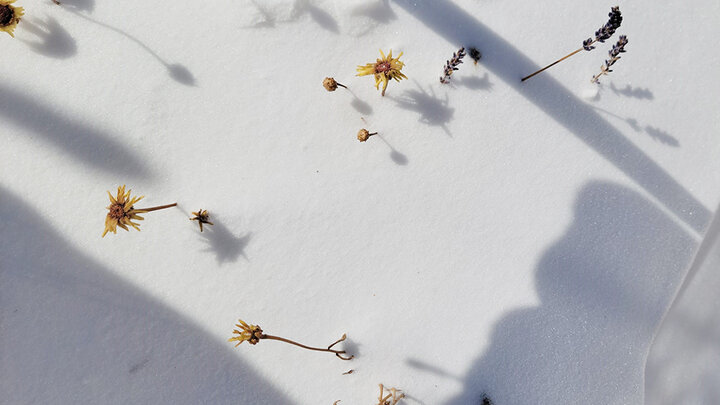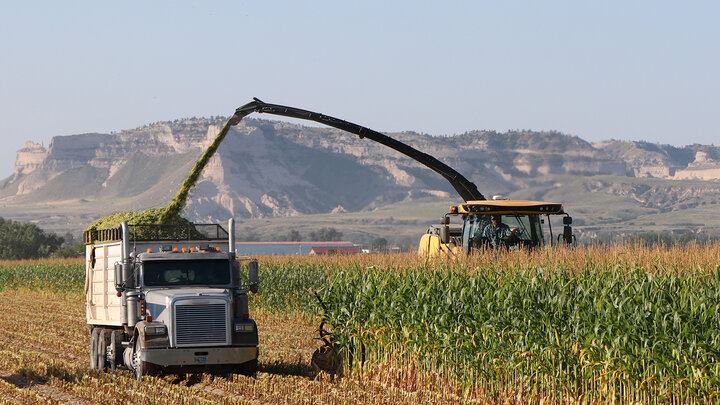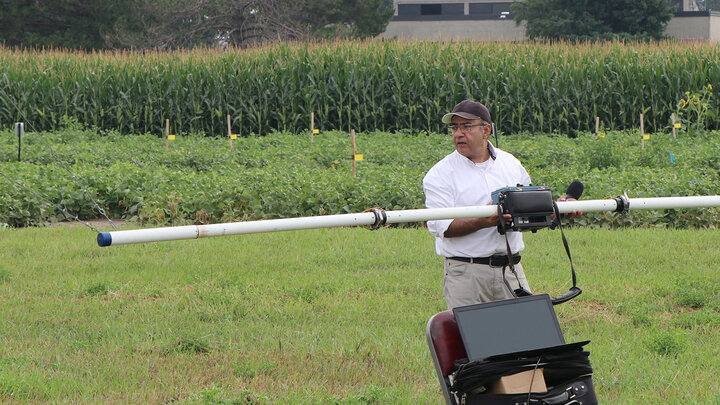Every garden tells a story of successes, surprises, and lessons learned. As the season winds down, take time to reflect. Keeping a simple record will guide your choices for next year, saving time, money, and effort. Which plants thrived? Which struggled? Keep notes on what worked well, pests or weather challenges, and soil conditions. Speaking of soils, fall is the perfect time to prepare for a greener lawn next year. When temperatures stay around 50 degrees, mow your grass one last time, leaving it slightly taller than normal for root protection. Rake away leaves to prevent mold, then aerate the soil for better airflow. Apply a slow-release fall fertilizer to strengthen roots and finish with a deep watering before the ground freezes.
With freezing temperatures, keep in mind that September and October are the best months to plant spring-flowering bulbs, like tulips and daffodils, for a colorful display next spring. Fall is also the perfect time to divide crowded perennials—giving you healthier plants and more blooms. Before the ground freezes, be sure to clear weeds, add compost, and apply mulch to protect and enrich your soil. Spread a one- to two-inch layer of compost over your garden beds in spring or fall. Lightly mix it into the soil or use it as mulch around established plants. Compost enriches your soil, retains moisture, and provides essential nutrients—without chemicals. A little compost goes a long way toward stronger roots, greener leaves, and more blooms.
Garden into the winter, by leaving some of your spent annuals in place through winter to help your garden. They give beneficial insects a cozy home for the cold months, enrich your soil as their roots decay, and help prevent erosion by holding soil in place. Just remember—if a plant shows signs of disease or insect damage, remove it to keep problems from overwintering.
This winter, protect your garden and let nature lend a hand.




